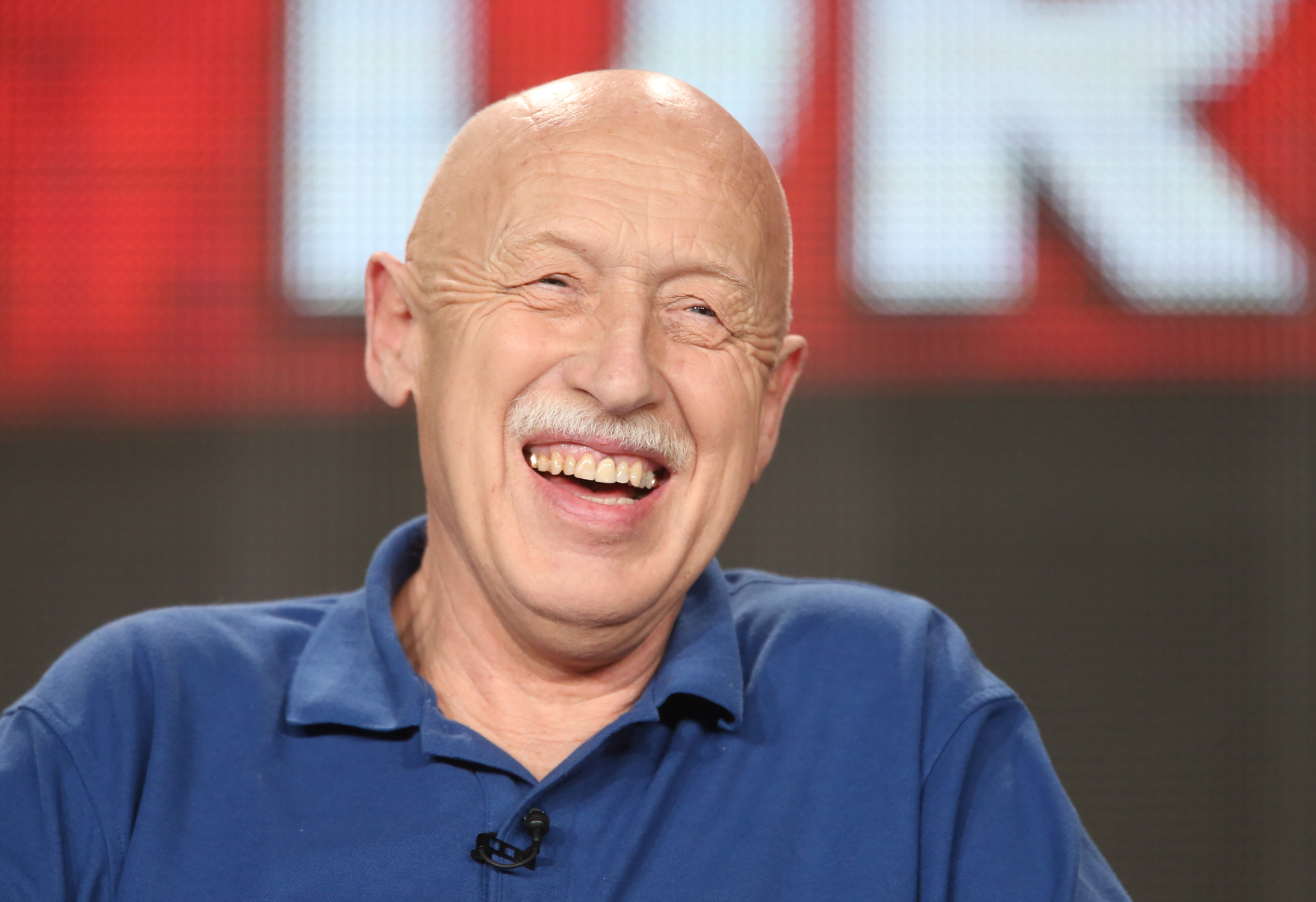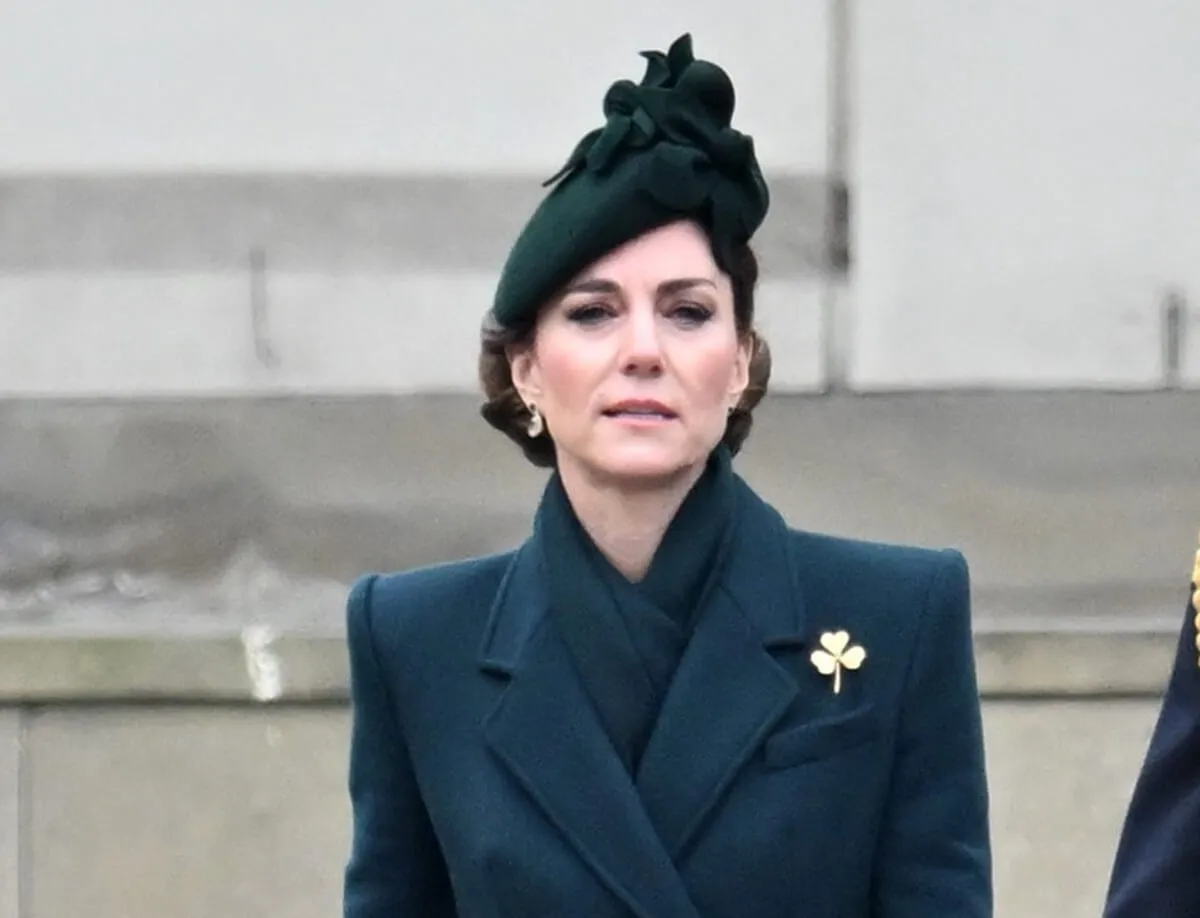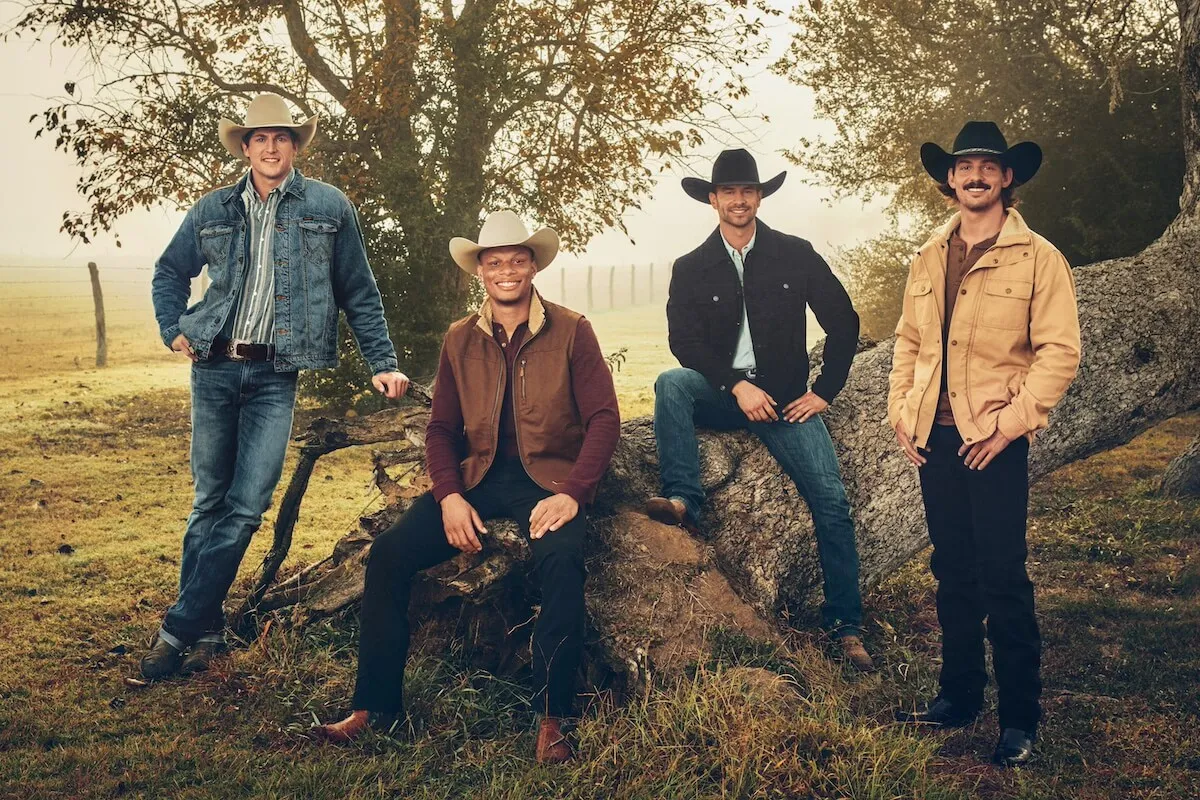‘The Incredible Dr. Pol’: The Horse Castration That Almost Stumped the Veterinarian – ‘5 Gallons of Its Intestines Were Hanging Out’
If we’ve learned anything from The Incredible Dr. Pol, it’s that veterinarian Dr. Jan Pol has successfully handled just about every situation that’s been thrown at him in his 50 years in veterinary medicine.
One case that nearly mystified him was one of the worst aftermaths of a horse castration that had been attempted by a farmer. Here’s what happened when Dr. Pol was called in to save the animal’s life.

Dr. Pol explained why animals need to be castrated
In his 2014 memoir Never Turn Your Back on an Angus Cow, the animal practitioner delved into why a male animal needs to have its testicles removed.
“The reason to castrate an animal is because it makes it easier to handle,” he wrote. “It looks a lot more painful than it really is. It doesn’t hurt the animal at all because I give them a good anesthetic before I do my work. And once an animal is gelded, it becomes a whole different animal.”
Removing the testicles, according to Dr. Pol, also removes the hormones that make an animal “mean” and difficult to handle.
The horse castration that shocked even Dr. Pol
“Castration is a small procedure that a lot of farmers do by themselves to save the money,” the Netherlands-born doctor wrote.
Dr. Pol was contacted by one such farmer in an emergency call after the farmer’s attempt to castrate a horse on their farm “had gone really wrong. Its intestines are hanging out.”
The doctor urged the farmer to get a clean bedsheet and keep the intestine from touching the ground.
The doctor couldn’t believe his eyes when he arrived: “When I got there, the horse was standing still and about five gallons of its intestines were resting on a towel being held under it by two men. It was a Clydesdale, a very big horse. This was the first time I’d ever seen anything like this.”
Dr. Pol got right to work on the injured horse
As soon as he arrived, the father of three gave the horse “a couple of shots” that relaxed the animal to the point that it fell onto its side. All the while, the doctor admonished the farmer to “hang onto that towel” holding the horse’s entrails.
“We let the horse fall on its side with the towel underneath,” he recalled. “How nobody got hurt I don’t know.”
Dr. Pol washed the horse’s intestines and disinfected them. When he tried to place them into the animal, he encountered an enormous problem. “The testicles come down out of the belly into the scrotum through a narrow ring, and by this time the intestines were swollen and wouldn’t fit through that ring back into the belly.”
The veterinarian admitted that he “had never dealt with this problem and I didn’t have too much time to figure out what to do. I just had to take a chance if I was going to save that horse.”
Recalling his days in veterinary college, Dr. Pol realized this situation was not unlike a C-section when he’d worked with pregnant animals. He “put some penicillin” into the horse’s belly and “stuffed everything back inside.”
He sewed “everything shut and let the horse stand up by itself.”
Amazingly, the horse never experienced colic or distress of any kind after that. Even Dr. Pol seemed surprised: “I figured a combination of experience and luck had allowed me to save that horse.”


